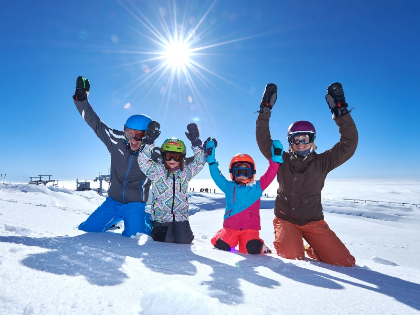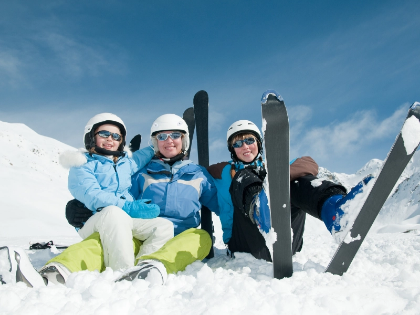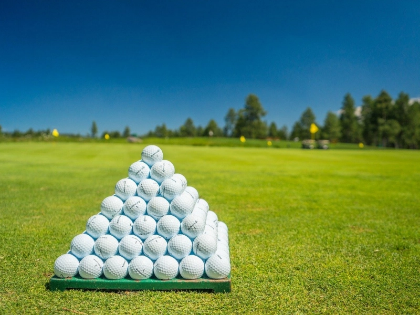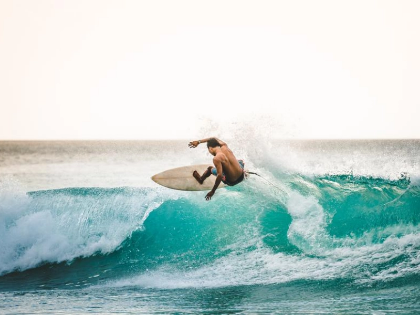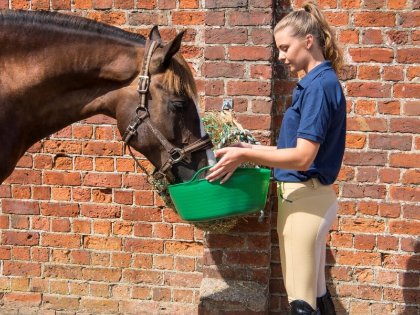Recognising Trail Maps at Ski Resorts
A trail map is crucial for navigating a ski resort, regardless of your level of experience. However, are you aware of the significance of the symbols used to denote the difficulty of the slope? Every mountain has a different design for its ski maps. Additionally, panoramic painting styles—oblique viewpoints that might impair routing efficiency and cause confusion—are frequently used on them.
Pistes
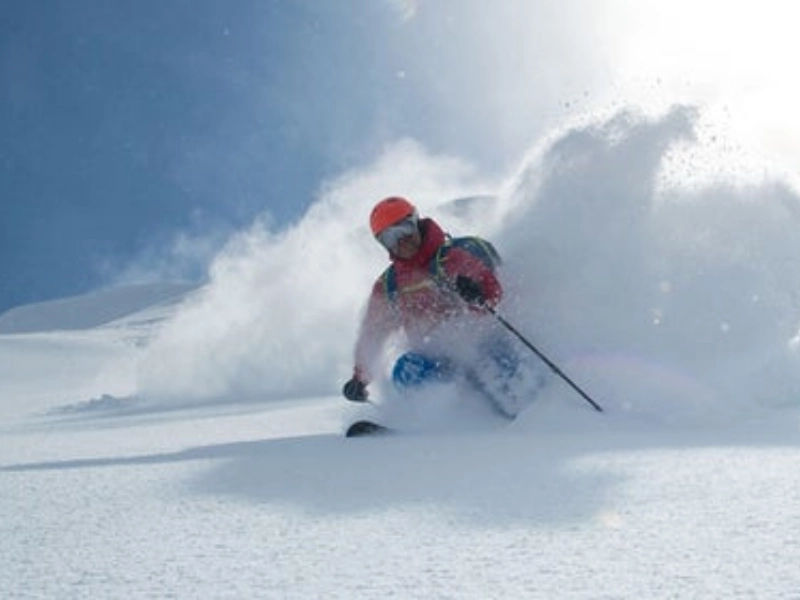
Areas Under Control
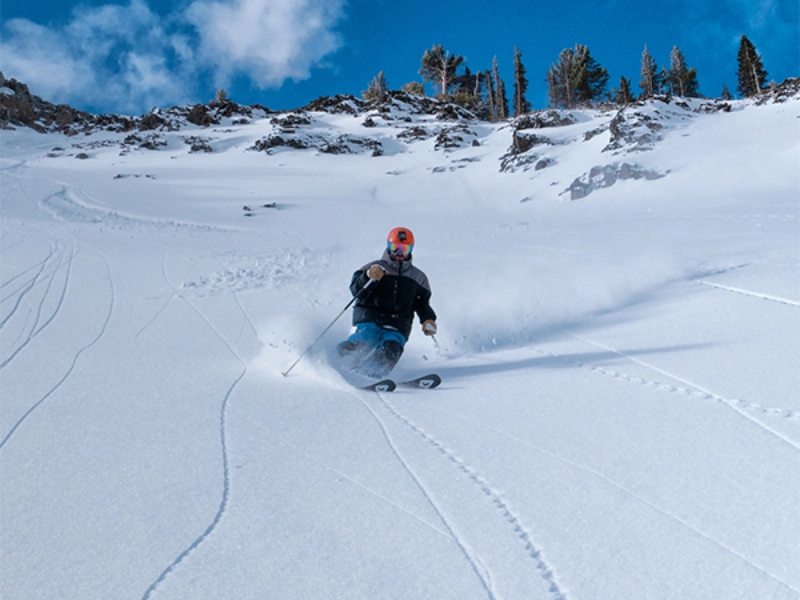 On ski resort trail maps, "controlled areas" are the easiest and safest ways to descend the mountain. To stay safe, skiers should stick to these designated areas and stay away from objects like trees, rocks, and other people. Ski patrol keeps an eye on these places to make sure that skiers are safe.
A high-quality laser-engraved ski map can be an invaluable tool for your next skiing experience, whether you're using it to plan your trip or to navigate the mountain while you're there. Discover a special present inspired by the mountains for the skier in your life by browsing through Gnarwalls' collection of ski maps for your preferred resort.
On ski resort trail maps, "controlled areas" are the easiest and safest ways to descend the mountain. To stay safe, skiers should stick to these designated areas and stay away from objects like trees, rocks, and other people. Ski patrol keeps an eye on these places to make sure that skiers are safe.
A high-quality laser-engraved ski map can be an invaluable tool for your next skiing experience, whether you're using it to plan your trip or to navigate the mountain while you're there. Discover a special present inspired by the mountains for the skier in your life by browsing through Gnarwalls' collection of ski maps for your preferred resort.
Ski Slopes in Yellow
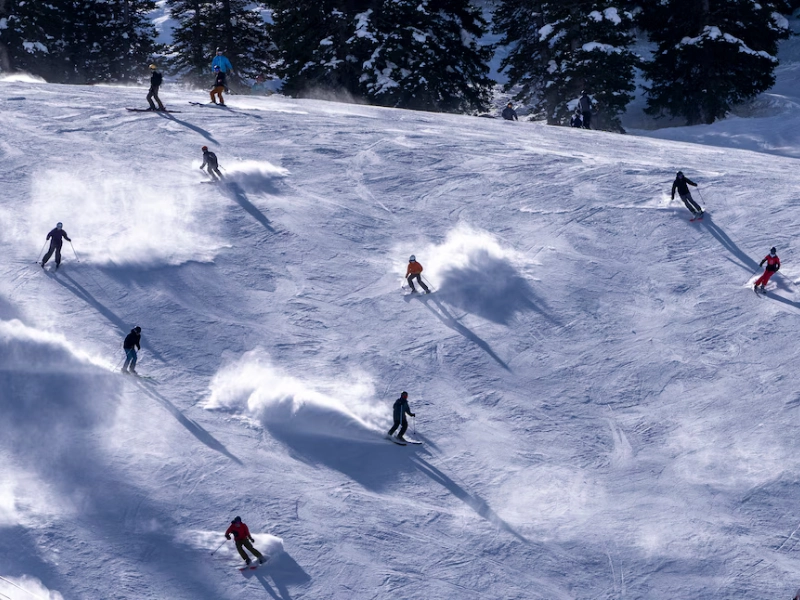 North American ski resorts designate the degree of difficulty of their trails with a symbol system. Black slopes are steep and difficult, blue slopes are a step up, and green circles are simple.
The specific meanings of these symbols vary depending on the method used in each mountain, though. The main determinant of a ski run's difficulty rating is often its slope gradient, but other elements such as width, wind protection, and grooming status can also play a role.
Although it's not uncommon to see skiers with advanced terrain ratings on their maps, beginner and intermediate terrain usually opens faster than these slopes. This is due to the fact that handling advanced-level terrain calls for additional gear and expertise.
For individuals who like the challenge of skiing without the dangers of off-piste skiing, yellow slopes are now available in many European ski regions. There is a chance of an avalanche, steep slopes of ungroomed powder snow, and natural hazards such as cliffs and crevasses on these ungroomed slopes, which are never patrolled.
North American ski resorts designate the degree of difficulty of their trails with a symbol system. Black slopes are steep and difficult, blue slopes are a step up, and green circles are simple.
The specific meanings of these symbols vary depending on the method used in each mountain, though. The main determinant of a ski run's difficulty rating is often its slope gradient, but other elements such as width, wind protection, and grooming status can also play a role.
Although it's not uncommon to see skiers with advanced terrain ratings on their maps, beginner and intermediate terrain usually opens faster than these slopes. This is due to the fact that handling advanced-level terrain calls for additional gear and expertise.
For individuals who like the challenge of skiing without the dangers of off-piste skiing, yellow slopes are now available in many European ski regions. There is a chance of an avalanche, steep slopes of ungroomed powder snow, and natural hazards such as cliffs and crevasses on these ungroomed slopes, which are never patrolled.
Verdant Ski Areas
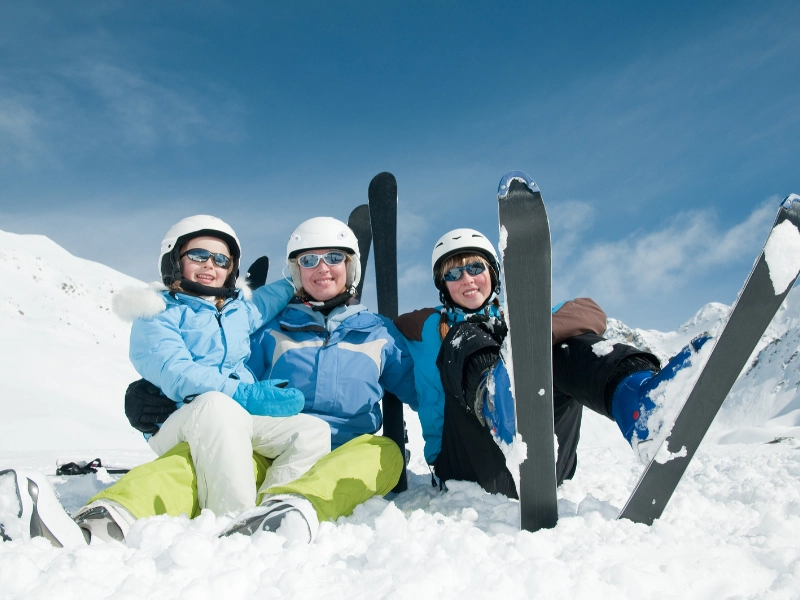 Many skiers and snowboarders are prepared to take on more difficult slopes after conquering the beginning terrain. On the trail map, these are indicated with a green circle. They are often easier overall, but they are usually wider and have more varied terrain than basic learning zones.
Blue ski slopes typically have a slope gradient of 25% or more and are intermediate-level terrain. Once more, though, this differs from resort to resort. It is important for skiers to use caution and not assume that a single blue run at two distinct ski locations will have the same feel.
Black slopes are considered challenging terrain, with a minimum slope gradient of forty percent. They are typically regarded as expert-level terrain; therefore, they are not appropriate for novices. Again, though, the precise gradient of slopes varies from ski area to ski resort and is frequently modified for promotional reasons. This implies that an advanced-level trail with a black run rating of much harder in one resort can be a lot easier in another.
Many skiers and snowboarders are prepared to take on more difficult slopes after conquering the beginning terrain. On the trail map, these are indicated with a green circle. They are often easier overall, but they are usually wider and have more varied terrain than basic learning zones.
Blue ski slopes typically have a slope gradient of 25% or more and are intermediate-level terrain. Once more, though, this differs from resort to resort. It is important for skiers to use caution and not assume that a single blue run at two distinct ski locations will have the same feel.
Black slopes are considered challenging terrain, with a minimum slope gradient of forty percent. They are typically regarded as expert-level terrain; therefore, they are not appropriate for novices. Again, though, the precise gradient of slopes varies from ski area to ski resort and is frequently modified for promotional reasons. This implies that an advanced-level trail with a black run rating of much harder in one resort can be a lot easier in another.

